Iranian Marquetry
Iranian Marquetry, one of Iran’s most traditional and authentic arts, combines colored woods, seashells, metals, and other decorative materials to create stunning and unique designs.
Iranian Marquetry, one of Iran’s most traditional and authentic arts, combines colored woods, seashells, metals, and other decorative materials to create stunning and unique designs. With roots in ancient Iranian history, this craft is now recognized as a valuable and export-worthy handicraft. Iranian marquetry, known for its precision, delicate patterns, natural coloring, and high-quality raw materials, stands apart from foreign counterparts and holds a special place in international markets.
There are various types of marquetry, including wood marquetry, shell marquetry, Khatam marquetry, and pierced marquetry—each using unique techniques. This art is applied in the making of wall panels, tables, furniture, decorative doors, and ornamental items. The high quality, resistance to moisture and heat, and unique designs of Iranian marquetry have attracted international buyers, particularly from Iraq, the UAE, Turkey, and Russia. Marquetry is not only a decorative item but also a symbol of Iran’s rich culture and art, making it a luxury and profitable export product.
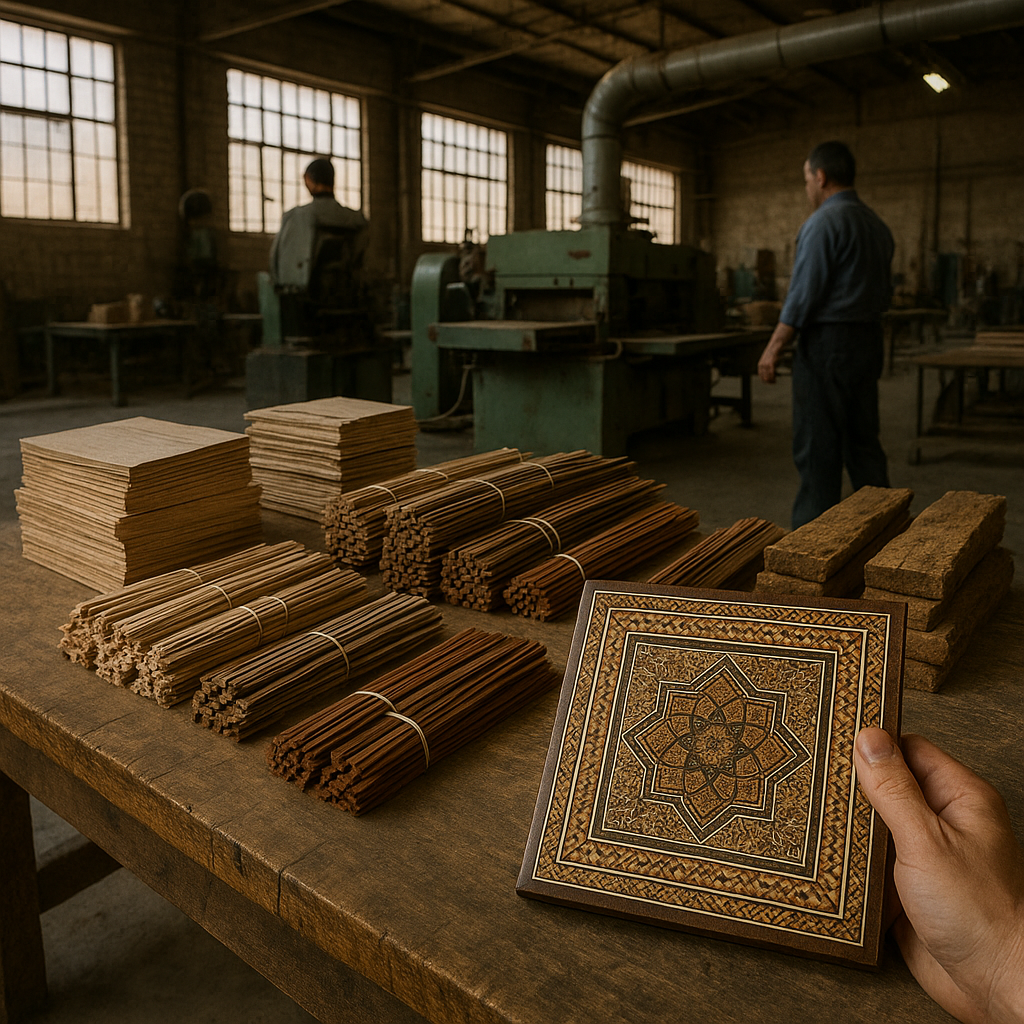
Types of Iranian Marquetry
Iranian marquetry is crafted in different styles, each with distinct beauty and function:
-
Wood Marquetry: The most common type, using natural woods such as walnut, beech, and other colored woods.
-
Shell Marquetry: Utilizes seashells to create reflective and shimmering designs.
-
Khatam Marquetry: A blend of marquetry and Khatamkari that forms intricate geometric patterns.
-
Pierced Marquetry: Features raised, cut-out designs, often used in traditional doors and windows.
These styles can appeal to various markets depending on regional tastes.
Applications in Interior and Exterior Design
Marquetry is not just an art piece—it has widespread use in interior and exterior decoration:
-
Wall Panels: Traditional or modern marquetry designs add elegance to homes, hotels, and offices.
-
Furniture and Decorative Tables: Inlaid tables with geometric or arabesque motifs are luxurious design elements.
-
Wooden Doors and Partitions: Marquetry on wooden surfaces creates a classic and cultural ambiance.
-
Clocks and Decorative Boxes: Smaller marquetry pieces are popular gift items, especially for business purposes.
Key Export Markets for Iranian Marquetry:
1. Arab Countries (UAE, Oman, Qatar): A Hub for Luxurious, Decorative Arts
The Gulf Cooperation Council (GCC) states stand out as a primary market for Iranian marquetry due to a confluence of factors:
- Shared Cultural Appreciation: The aesthetic of Khatam Kari, with its geometric precision and opulent materials, aligns perfectly with the rich artistic traditions prevalent in Arab countries. These nations value luxurious and decorative art forms that enhance both traditional and contemporary interiors.
- High Purchasing Power: The significant disposable income among consumers in the UAE, Oman, and Qatar enables them to invest in high-end, handcrafted items like Iranian marquetry, whether for personal acquisition or as prestigious gifts.
- Thriving Tourism Sector: The robust tourism industry in these countries, particularly in destinations like Dubai and Doha, creates a constant influx of international visitors seeking unique souvenirs and cultural artifacts. Iranian marquetry pieces, ranging from decorative boxes and frames to larger furniture elements, are highly attractive to this demographic.
- Architectural Integration: The elaborate and often grand architectural styles in these regions frequently incorporate ornate decorative elements. Marquetry can be seamlessly integrated into interior design, adding a touch of sophisticated Persian artistry to homes, hotels, and public buildings.
2. Turkey and Russia: Harmonizing with Traditional-Modern Architectural Styles
Both Turkey and Russia offer promising markets for Iranian marquetry, given their evolving architectural and interior design preferences:
- Turkey: As a bridge between East and West, Turkey possesses a unique blend of traditional and modern architectural influences. Iranian marquetry, with its intricate patterns and timeless appeal, fits well within this design philosophy, appealing to those who appreciate heritage crafts in a contemporary context. There’s also a strong cultural affinity and historical connection that fosters appreciation for Persian arts.
- Russia: The Russian market exhibits a growing interest in luxurious and culturally significant decor. From classic, ornate styles to more modern interpretations, Iranian marquetry finds its place in various settings. Its capacity to elevate furniture, wall panels, and smaller decorative items resonates with consumers seeking high-quality, distinctive pieces that add character and elegance to their spaces. The artistic precision and the rich narrative behind Khatam Kari are particularly appealing to Russian connoisseurs of art.
3. China and Europe: High Appreciation for Cultural and Artistic Products
These diverse markets offer vast opportunities, driven by a deep appreciation for cultural richness and artistic craftsmanship:
- China: With its rapidly expanding economy and an increasingly affluent consumer base, China has a strong and growing demand for unique, high-quality decorative arts. There’s a profound cultural respect for intricate craftsmanship and traditional arts, and Iranian marquetry’s meticulous detail and artistic complexity appeal greatly to this market. It can be seen as an investment in cultural heritage and an embodiment of exquisite artistry.
- Europe (e.g., Germany, France, Italy): European countries have long been patrons of fine arts and traditional crafts. Consumers here are often discerning, valuing authenticity, quality, and the story behind a handcrafted product. Iranian marquetry appeals to:
- Art Collectors and Enthusiasts: Who seek unique additions to their collections.
- Interior Designers: Looking for distinctive elements to create luxurious and culturally rich environments.
- Consumers who appreciate the blend of traditional artistry with a touch of exotic elegance for their homes.
- The demand extends to both antique pieces and contemporary applications, demonstrating the art form’s timeless appeal and versatility.
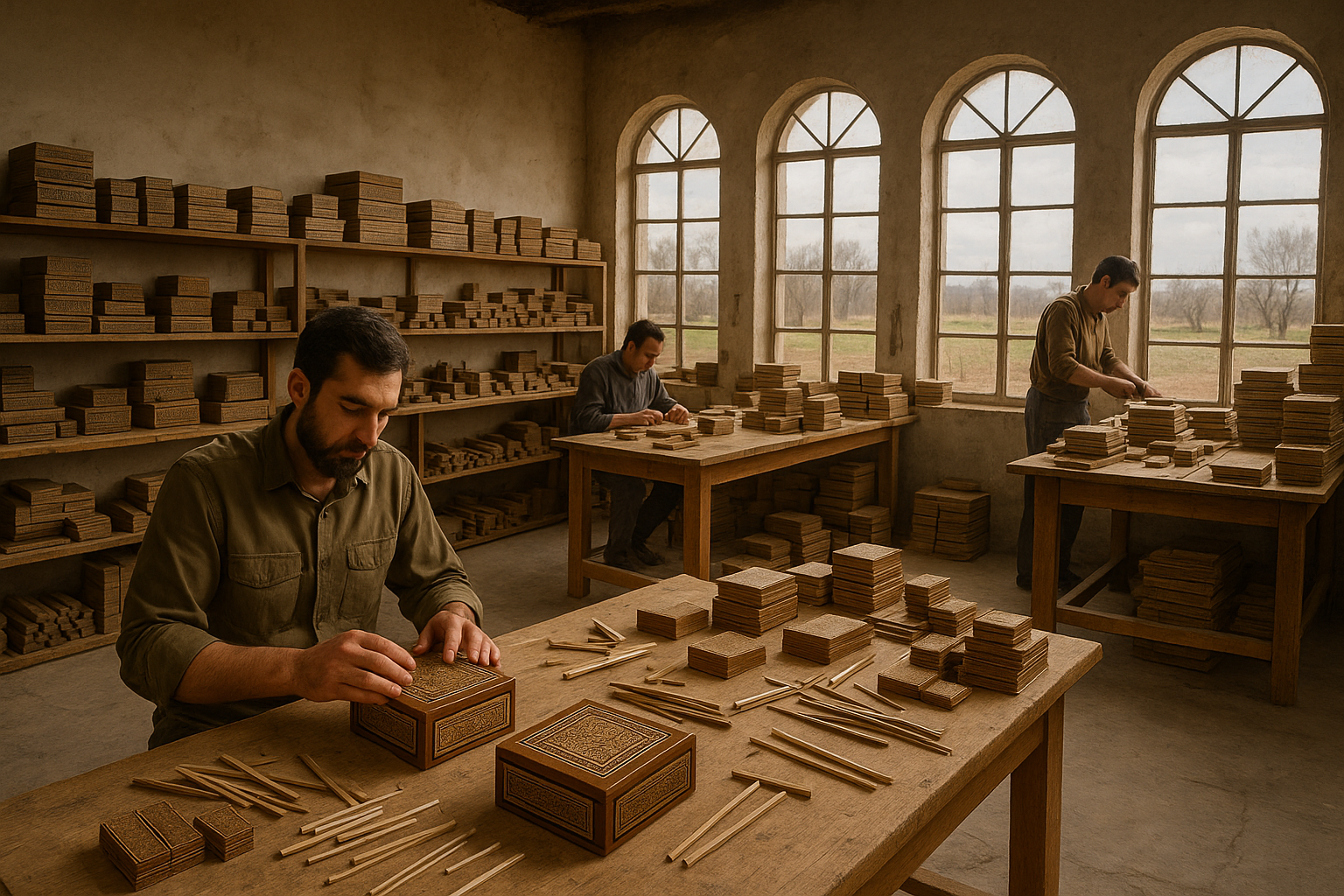
Why Iranian Marquetry Is Suitable for Export
-
Use of premium, natural raw materials
-
Wide range of traditional and modern designs
-
Competitive pricing compared to foreign alternatives
-
High resistance to temperature and humidity changes
-
Customizable to market-specific needs
Final Note
Iranian marquetry blends art with quality, making it an ideal choice for handicraft importers worldwide. If you are looking to import top-quality marquetry at competitive prices, Iran Store can be your reliable partner. Contact our sales experts today for consultation, pricing, and purchasing options.
MAECENAS IACULIS
Vestibulum curae torquent diam diam commodo parturient penatibus nunc dui adipiscing convallis bulum parturient suspendisse parturient a.Parturient in parturient scelerisque nibh lectus quam a natoque adipiscing a vestibulum hendrerit et pharetra fames nunc natoque dui.
ADIPISCING CONVALLIS BULUM
- Vestibulum penatibus nunc dui adipiscing convallis bulum parturient suspendisse.
- Abitur parturient praesent lectus quam a natoque adipiscing a vestibulum hendre.
- Diam parturient dictumst parturient scelerisque nibh lectus.
Scelerisque adipiscing bibendum sem vestibulum et in a a a purus lectus faucibus lobortis tincidunt purus lectus nisl class eros.Condimentum a et ullamcorper dictumst mus et tristique elementum nam inceptos hac parturient scelerisque vestibulum amet elit ut volutpat.



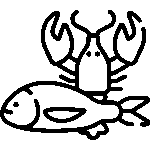
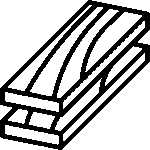
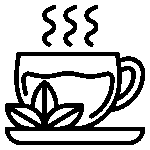
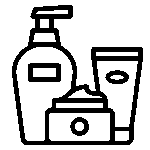
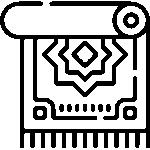



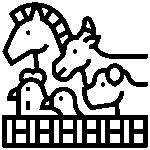


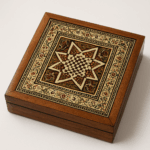
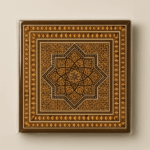

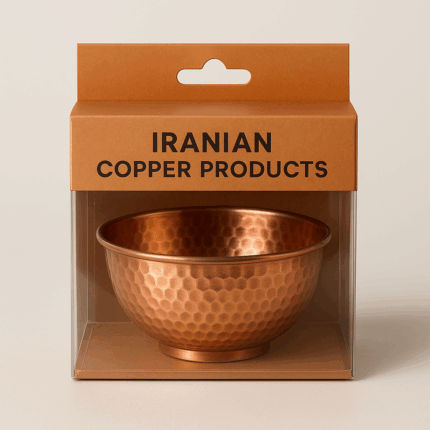


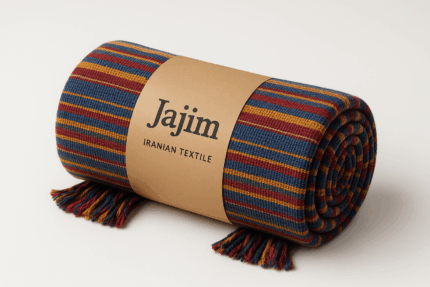
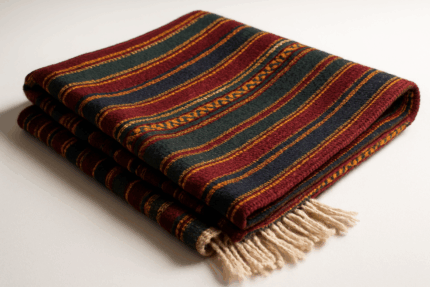
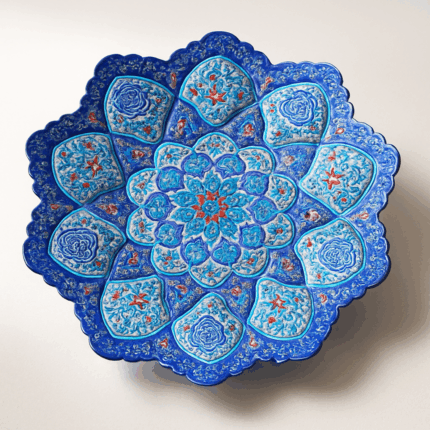
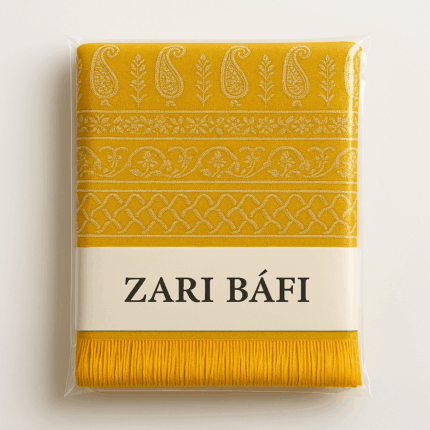
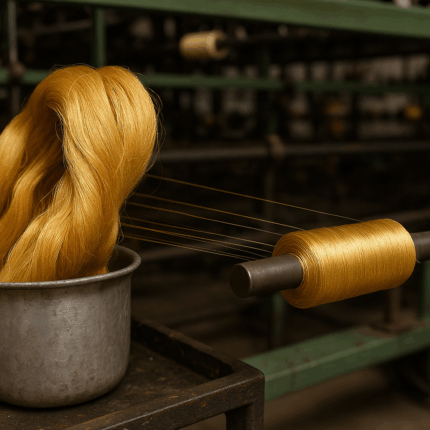
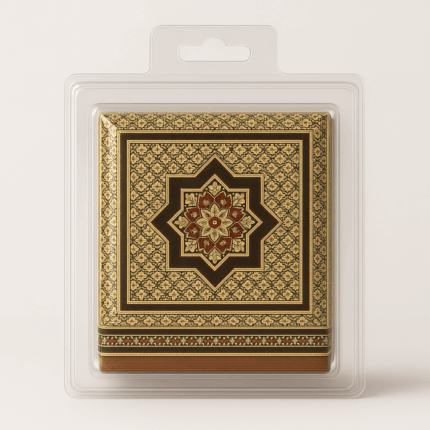

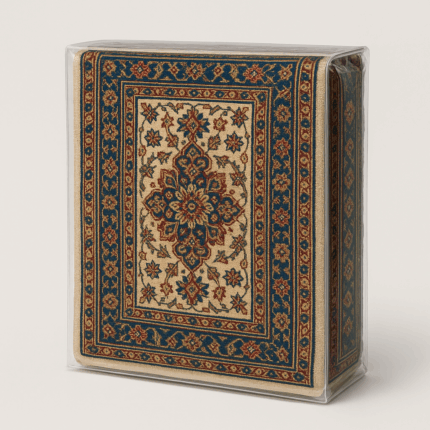
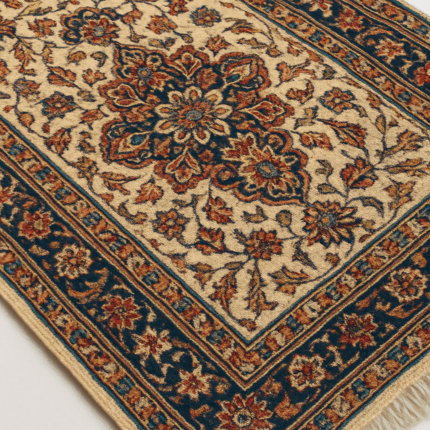
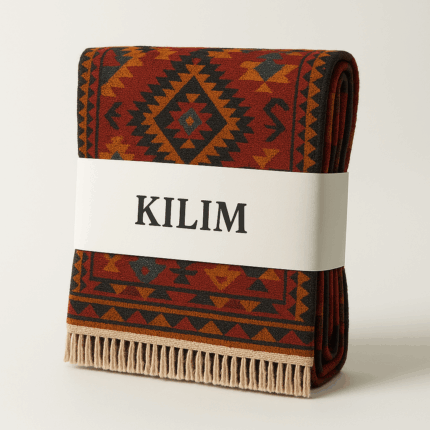
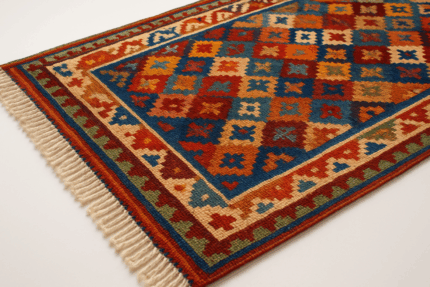
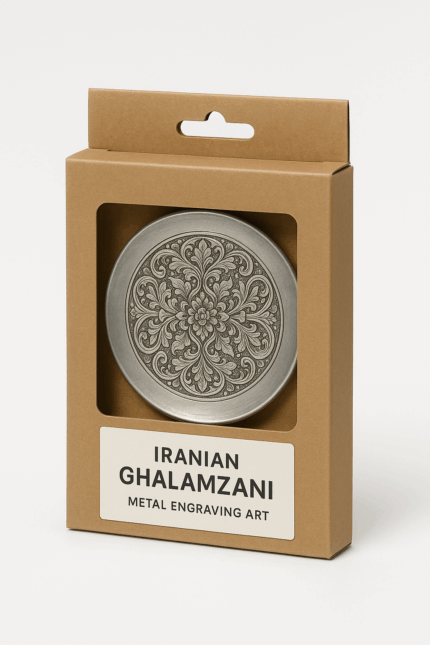

Reviews
There are no reviews yet.